What did 1988's 'Akira' get right about life in 2019?
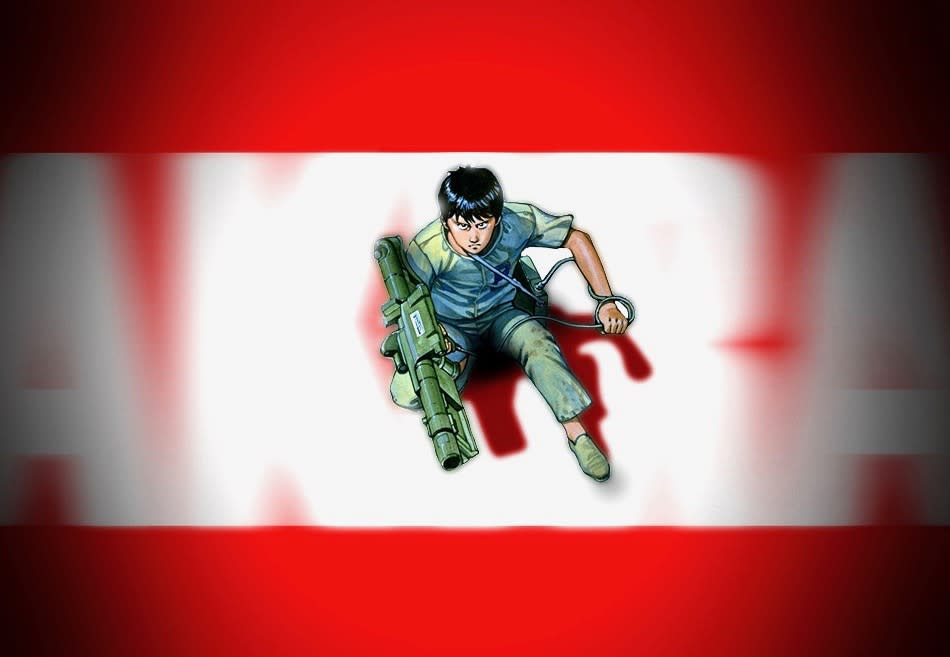
Credited as the film that brought Japanese animation to prominence in the west, 1988’s Akira is a cult classic whose influence can still be felt in modern TV, cinema, and pop culture.
It is widely considered by critics to be one of the greatest animated and science fiction films of all time, as well as a landmark in Japanese animation, and a live action remake, directed by Taika Waititi and produced by Leonardo DiCaprio, has been slated for release on 21 May, 2021.
The BFI labeled it as “a vital cornerstone of the cyberpunk genre”, along with Blade Runner and Neuromancer, but even more than its beautiful colours, striking visuals, and story - Akira proved that animation was not just for children.
Various references to the film have been made in other mediums, from Kaneda’s bike being driven by Art3mis in Ready Player One to Kanye West’s music video for Stronger being almost identical to the storyline and sharing many visuals with the film.

Set in Neo-Tokyo in 2019 after World War III, the story follows a gang of teenage biker rebels, specifically Kaneda and Tetsuo, as they accidentally stumble across a military project that plans to use telekinetic humans as weapons. Tetsuo is captured by the government and it soon becomes apparent he has telekinetic powers that rival those of the project's most powerful weapon, a child named Akira.
Apart from the elements of fantasy and science fiction, such as laser guns and the children with psychic powers, there are a lot of chilling parallels between the world of Akira and ours.
Neo-Tokyo
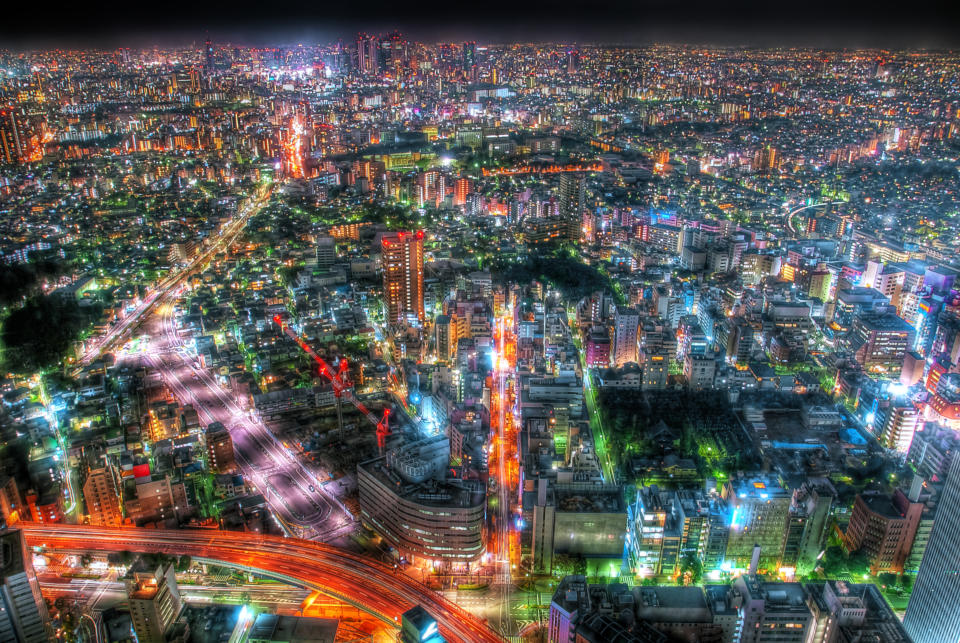
Firstly the setting of Neo-Tokyo is reminiscent of modern day megalopolises, such as the Greater Bay Area, which comprises of Hong Kong, Macau and other cities that have a high density population and many skyscrapers.
Even the colour palette of current Tokyo has been well imagined and recreated, and just like its counterpart the buildings are packed together with the city being lit by the unnatural neon glow even at night.

The wide shots do well to show the scope of the city, from the glistening windows at the top of the high-rises to the dark, dank and dirty underbelly.
Social unrest
On the surface Neo-Tokyo may appear to be a bright and beautiful metropolis, but there is a feeling of unrest bubbling underneath due to unemployment and a poor economy, which spills over onto the streets in the form of protests. They clash violently with the police, who appear to have become highly militarised.
In recent days there have been large scale protests in Hong Kong over the extradition bill, and whilst on the whole it has been relatively peaceful, despite the unknown man who died after falling from scaffolding, hundreds of riot police were deployed and they used tear gas and high-pressure hoses to keep the protesters at bay.
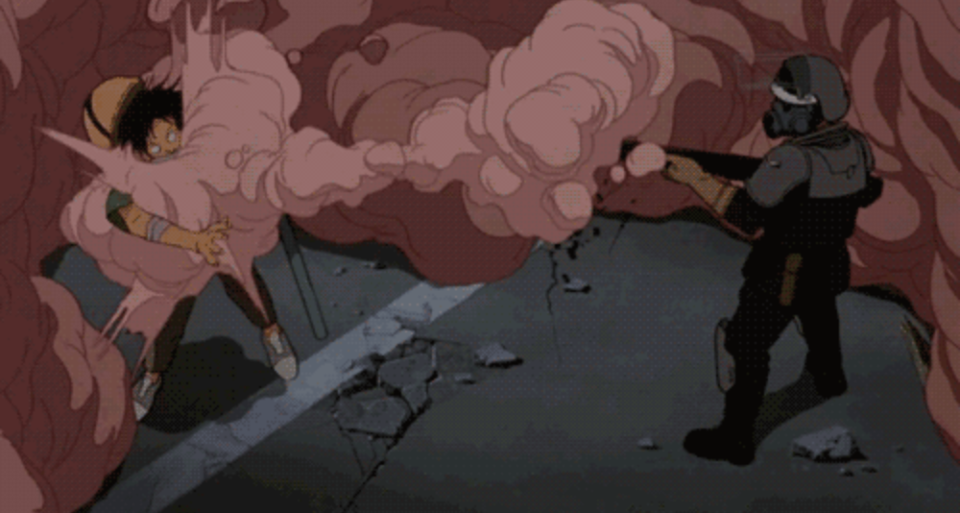
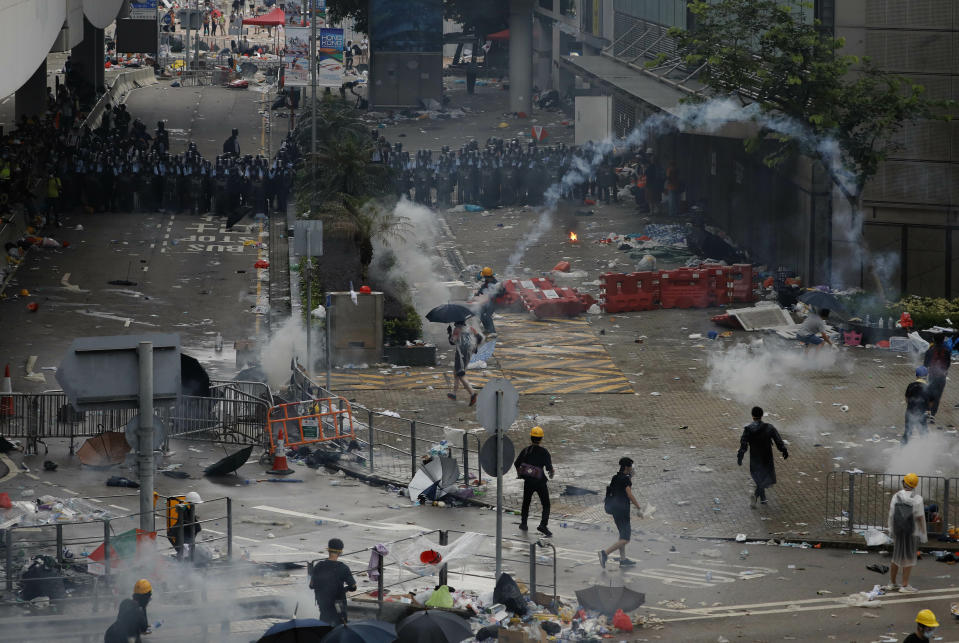
Terrorism
In the film, alongside the protests, there is a constant threat of terrorist attacks, with the anti-government resistance blowing up buildings, like the police station and a shopping centre, in an almost daily occurrence.
While their main motives are not necessarily clear, Kaneda joins them to help free Tetsuo from the clutches of the government.
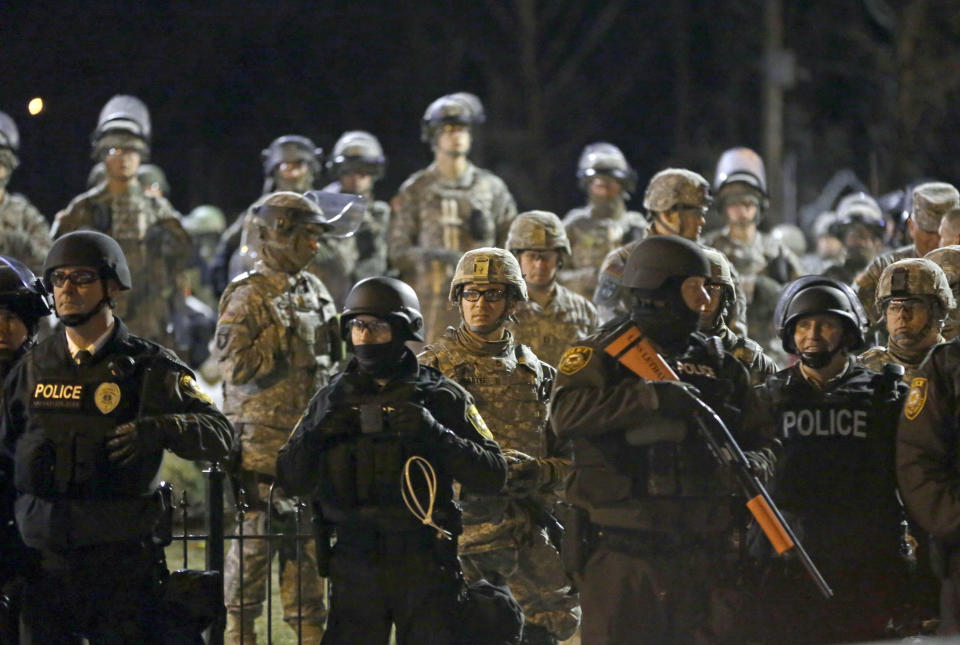
For us the militarised police is a sight that we’ve become all too familiar with in recent years precisely because of this risk.
Heightened security fears have lead to the government allowing a more aggressive policy, and in 2017 there were 640 more firearms officers in England and Wales than in 2016.
Read more: Men In Black: International gets battered at the box office
Religious extremism
The film also sheds light on the dangers of religious zealots, with Akira being regarded as a messianic figure despite no one actually having seen him.
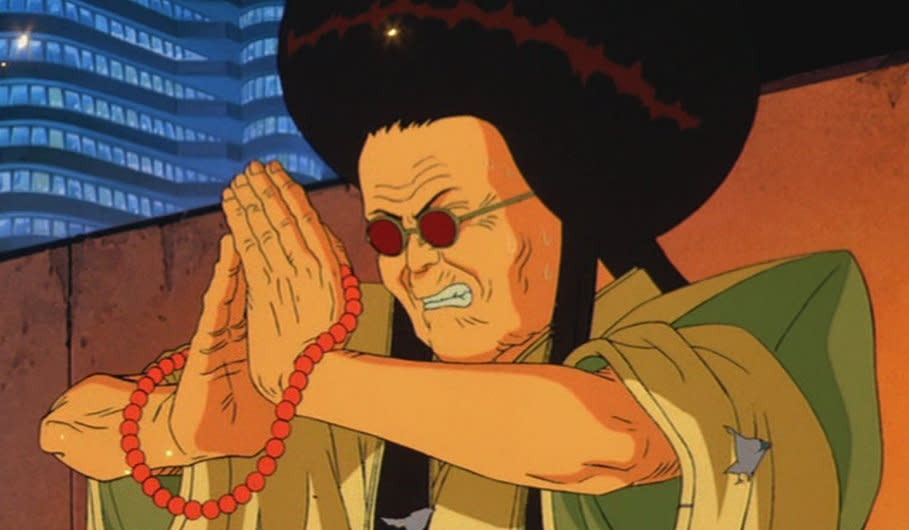
They hold secret meetings in public and paint his name on the road, but their reckless actions cause the deaths of many of their members when Tetsuo destroys a bridge they were on in a fit of rage.
In 1995, a few years after the release of the film, the religious cult Aum Shinrikyo carried out its sarin gas attack on Tokyo’s underground lines in an act of domestic terrorism, killing 12, and the rise of religious extremism has been well documented in other parts of the world.
Political unrest
The scene with the squabbling ministers around the round table, whose main concern is how they’ve been insulted rather than the instability on the streets, is evocative of the politics in the UK, with the problem of Brexit still being debated constantly and us not being any closer to a solution.
Corruption is rife on both worlds, the minister Mr Nezu can be seen burning documents in a fire and stuffing the rest into a briefcase before trying to make a hasty escape in Akira, in ours there are numerous politicians charged with alleged corruption, from Algeria's former Prime Minister Ahmed Ouyahia to Michel Platini, the former UEFA president.
Tokyo 2020
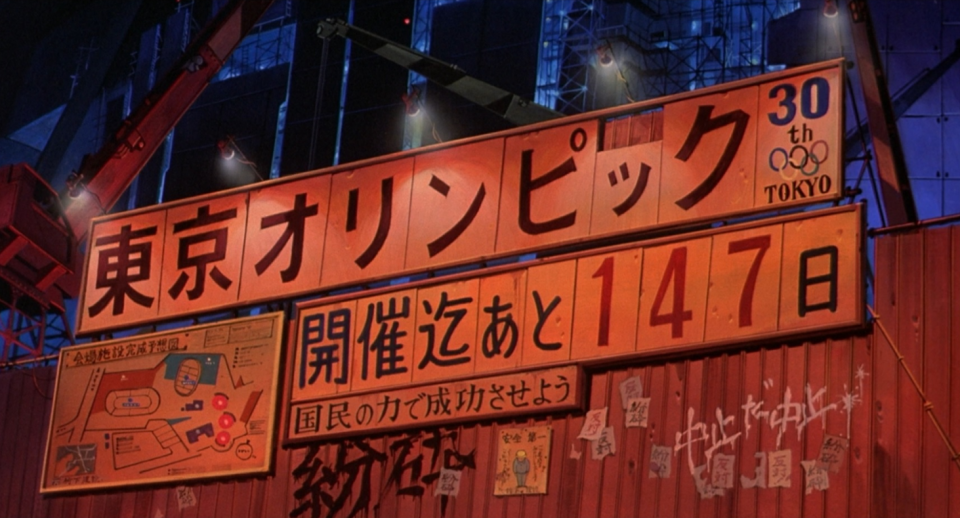
And the strangest of all - it predicted the 2020 Tokyo Olympics, a fact that caused several commentators to claim Akira foresaw the future event when Tokyo was chosen to host in the 2013 bidding process.
The sign for the Olympic site that appears in the film reads: “147 days until the Tokyo Olympics.” Under that, it reads: “With everyone’s effort, let’s make this a success.” The sign says this is the 30th modern Olympic games - it will actually be the 32nd.
Despite being released over 30 years ago, the subject and themes of the film resonate strongly with a multitude of people, so much so it will undoubtedly remain a firm favourite for years to come.

 Yahoo Movies
Yahoo Movies 

